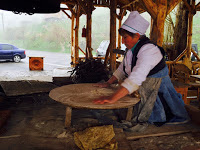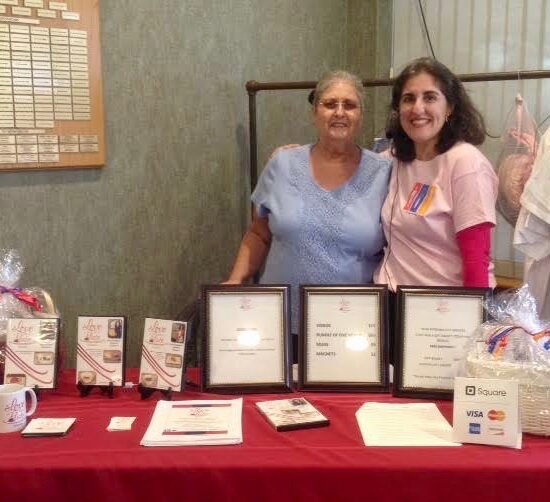in a sunken tonir oven is a highlight of
everyone’s visit to Armenia—everyone except me, of course.

I was held hostage by a nasty head
cold during part of last year’s trip to the homeland, so Robyn trekked up a
mountainside without me to observe the ancient bread-making ritual.
I was sad
to have missed it but I would have been a lot sadder if she hadn’t trekked back
down with an armload of Armenia’s wonderful bread.
part of Armenian cuisine” when it was added to UNESCO’s
Representative List of the Intangible Cultural Heritage of Humanity in 2014.
Now lavash is getting even more attention, along with other aspects of Armenian cuisine and culture, thanks to a recently launched project by the Smithsonian Institution in partnership with the United States Agency for International Development (USAID).
The project called My Armenia aims to boost tourism outside the capital by accenting different facets of Armenia’s cultural heritage, including food traditions and recipes that vary from village to village.
The effort will reach out to rural communities that are now far off most tour-guide maps in an effort to document and celebrate their most cherished cultural traditions.
“People can have wonderful experiences all over the country, not just in Yerevan,” said Dr. Rebecca Wall of the Smithsonian’s’ office of international relations.
A historian specializing in food and cultural identity, she’s been to Armenia twice to help get the project in motion. The next step is “to share stories of Armenian cultural heritage with international audiences so as to increase awareness of the great complexity and diversity of Armenian culture.”
This is a particularly painful experience for Armenians because it reflects the loss of our grandparents’ homeland and the distinctive culture of Western Armenia.




